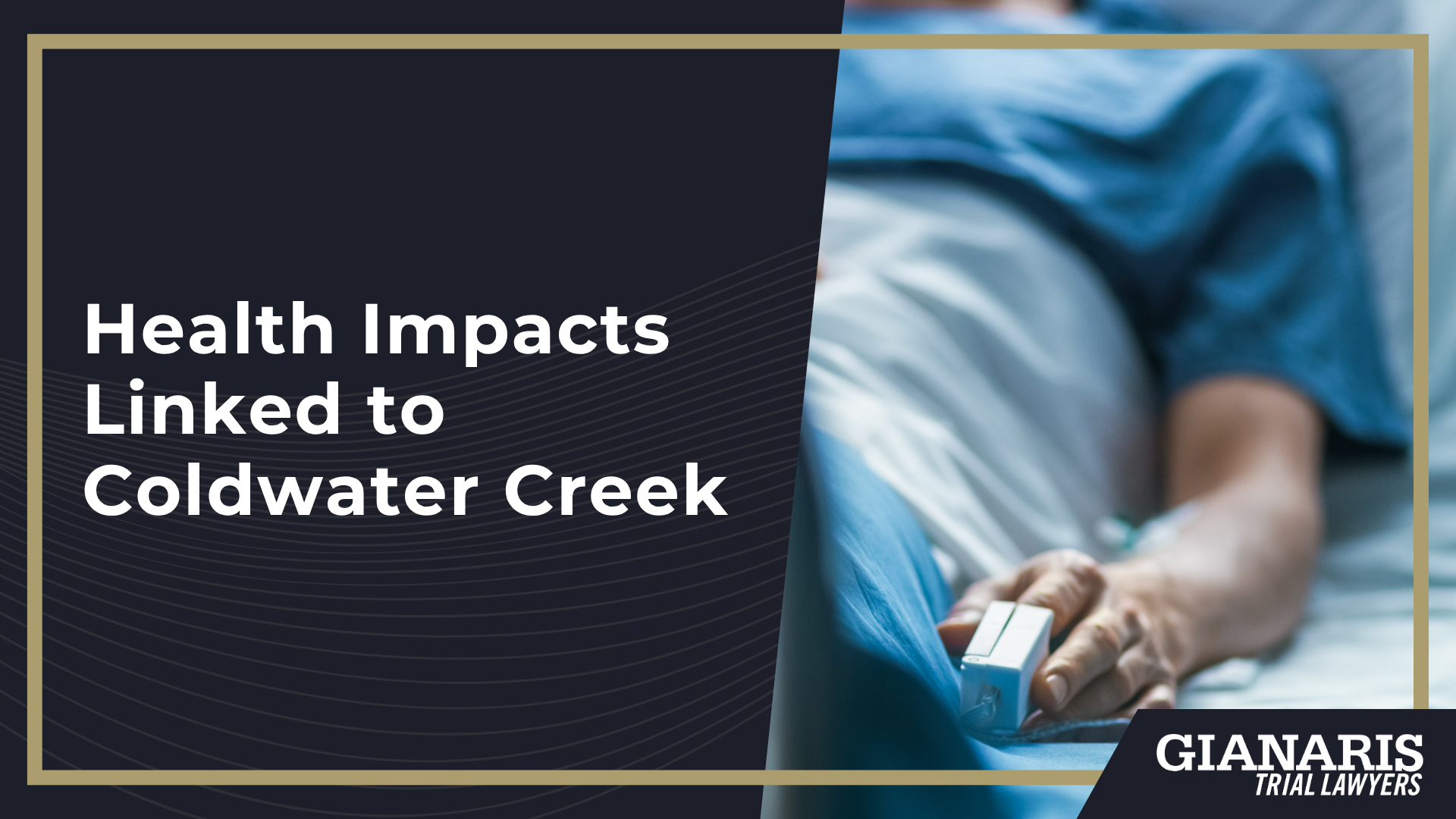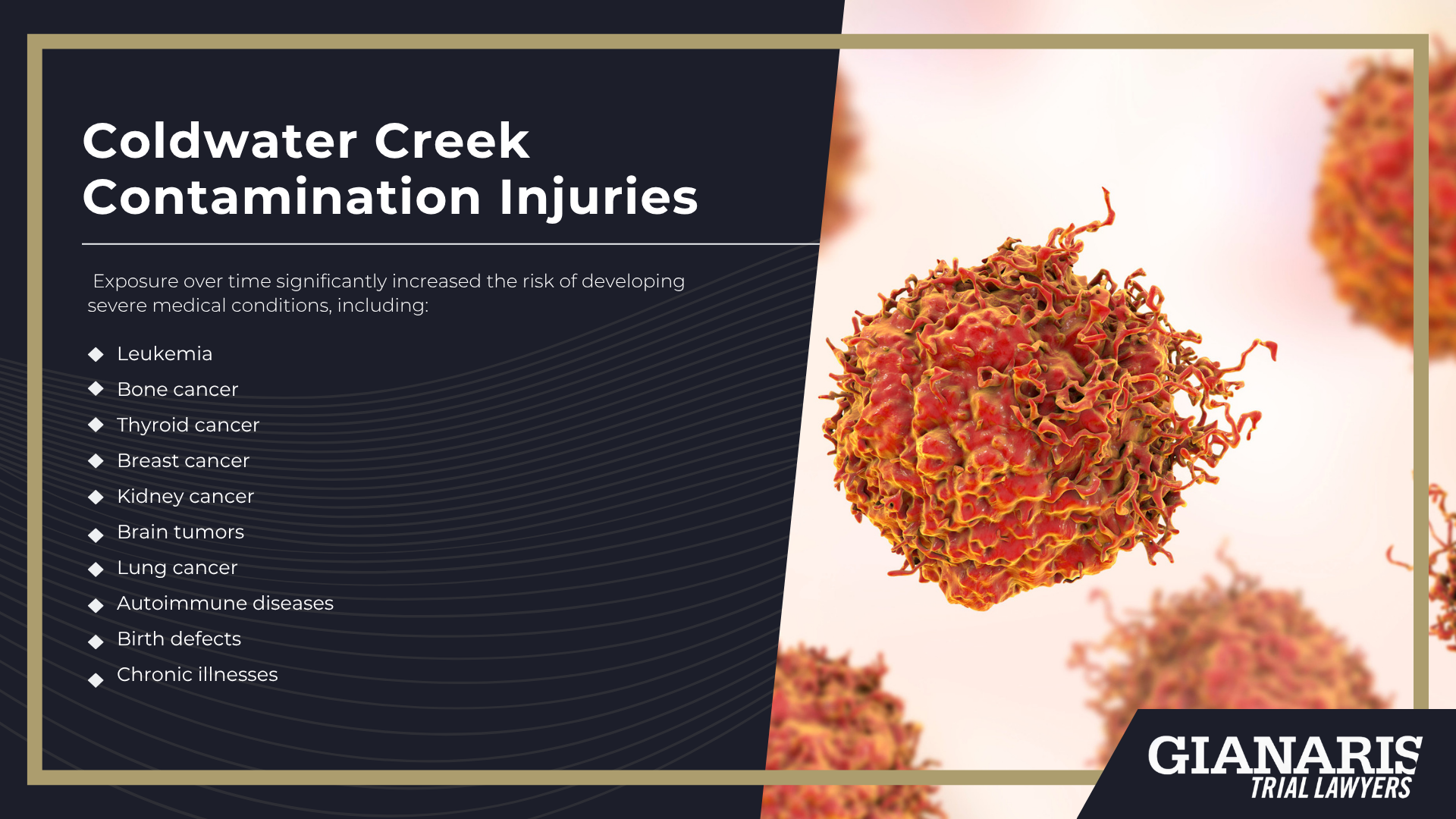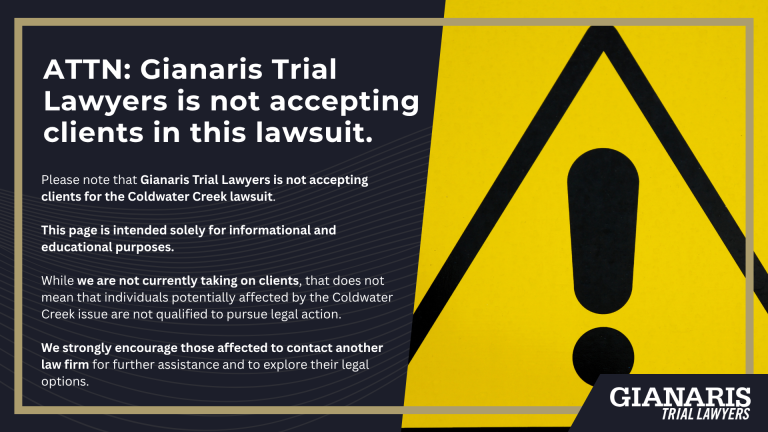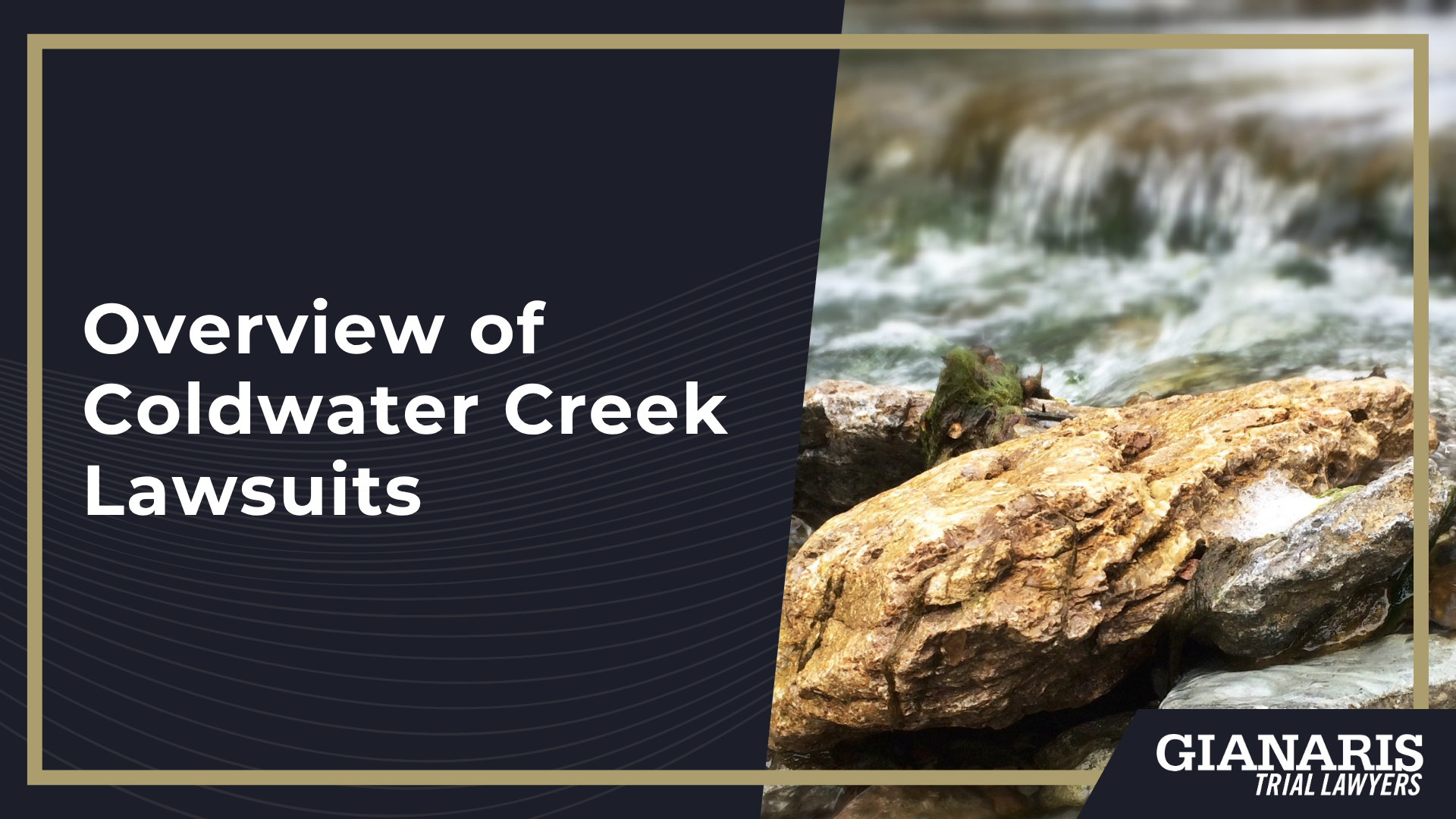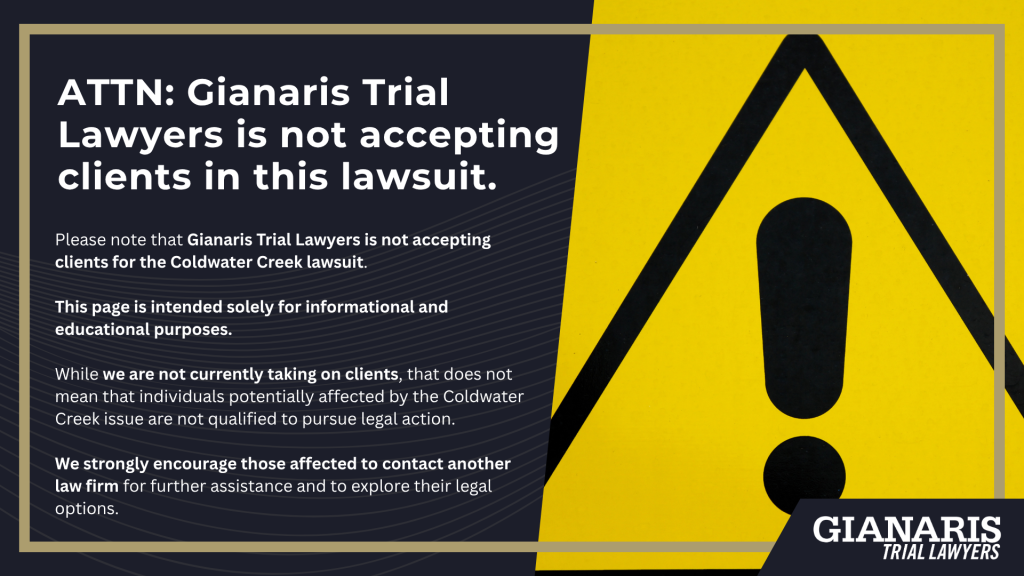The Coldwater Creek contamination issue has garnered considerable media coverage and public attention due to its severity and the lasting impact on affected communities.
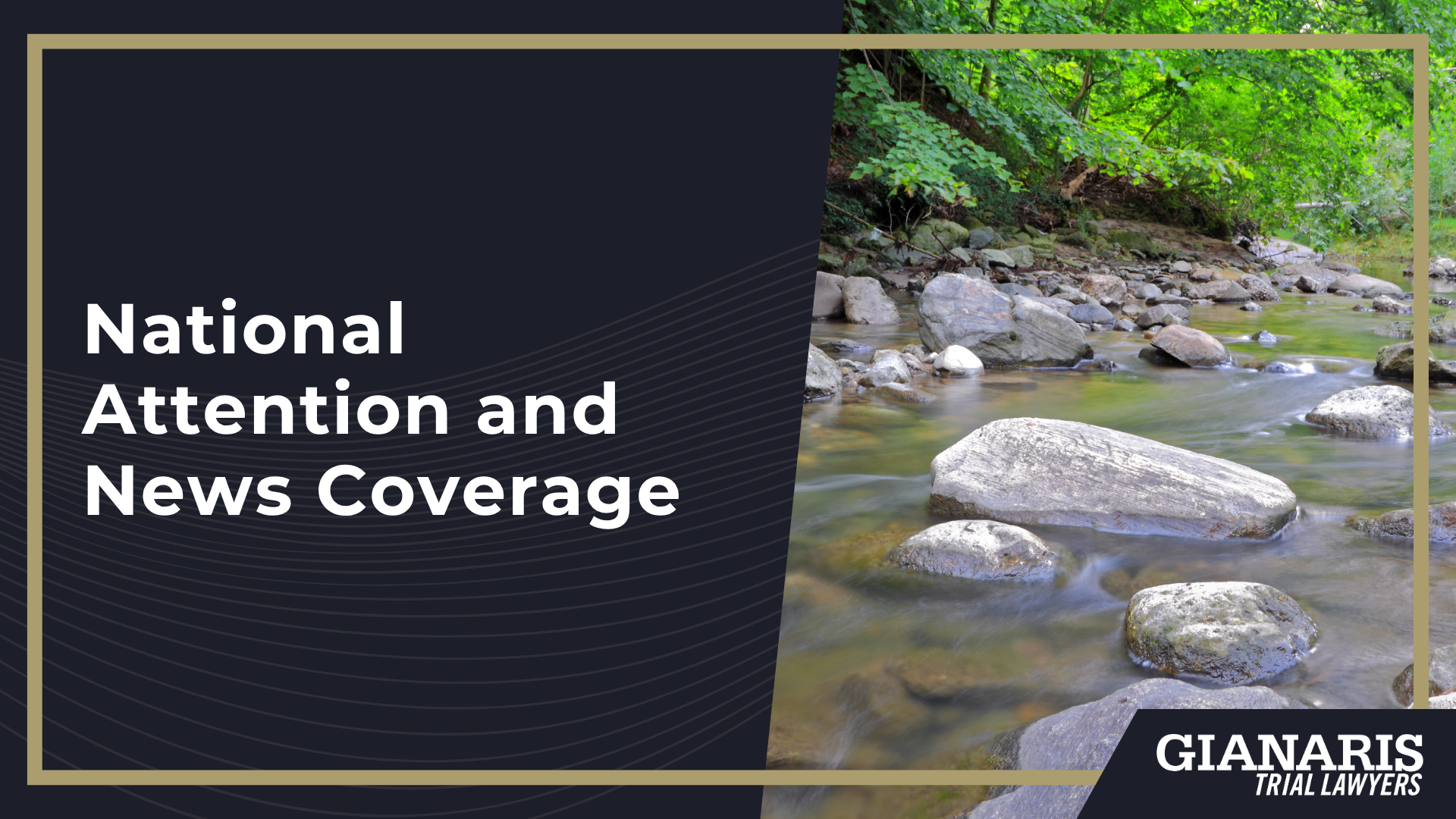
The issue has been extensively highlighted at both the local and national levels, not only spotlighting the contamination itself but also its broader implications for environmental safety, public health, and government accountability.
Local Media Coverage
Local news outlets have provided ongoing coverage and investigative reporting on the Coldwater Creek contamination.
Their dedicated efforts have informed residents, elevated awareness, and helped sustain community advocacy.
Local media coverage includes:
- KSDK: Comprehensive reports detailing personal stories of residents affected, ongoing litigation, and community activism.
- St. Louis Post-Dispatch: In-depth investigative journalism covering the historical context of contamination, current litigation, and governmental response.
- Fox2Now: Ongoing coverage of community protests, court updates, and cleanup efforts.
- KMOV: Reports featuring impacted families, expert analysis, and community actions for environmental remediation.
National Media Coverage
The Coldwater Creek story has also captured national media attention, underscoring its significance beyond local concerns.
Major media outlets have provided comprehensive analyses, highlighting the broader implications of governmental accountability and environmental health policies.
Notable national coverage includes:
- HBO: Produced “Atomic Homefront” documentary on Coldwater Creek contamination.
- New York Times: Investigative reports that place Coldwater Creek within the broader context of nationwide nuclear waste issues.
- CNN: Stories focusing on affected individuals, public health concerns, and ongoing legal battles.
- NPR: Radio segments and podcasts discussing historical background, residents’ experiences, and advocacy efforts.
Community Activism and Grassroots Efforts
Grassroots campaigns and community activists have been pivotal in maintaining awareness, shaping public policy, and prompting government action.
Various advocacy groups and social media campaigns have played crucial roles in elevating the issue:
- Advocacy Groups
- Coldwater Creek Just the Facts Please: A prominent St. Louis County community-driven initiative providing comprehensive information, community resources, and advocacy updates. The group consists mostly of former and current residents.
- Just Moms STL: Focuses on awareness campaigns, advocacy for cleanup, and assistance for affected families.
- Social Media Movements
- Facebook Groups: Community-led groups providing platforms for residents to share experiences, updates, and coordinate advocacy efforts. The group consists of former and current residents and advocates.
- Twitter Hashtags: #ColdwaterCreek, #STLcontamination, and #CleanUpColdwaterCreek, used extensively to maintain visibility and awareness.
Influence on Public Policy and Government Response
Persistent media attention and active community advocacy have significantly influenced public policy decisions and governmental actions, including:
- Expansion of the Radiation Exposure Compensation Act (RECA) under recent federal legislation (“Big Beautiful Bill”) for ionizing radiation exposure.
- Increased federal and state funding for environmental cleanup and remediation projects in affected areas.
- Heightened governmental accountability measures to address historical contamination issues comprehensively.
This sustained national and local attention, combined with robust community advocacy, has created substantial momentum towards justice, environmental remediation, and improved public health outcomes for the residents impacted by Coldwater Creek contamination.
The “Big Beautiful Bill” and Expanded RECA
The passage of the “Big Beautiful Bill” (H.R. 1) in 2025 marked a turning point for Coldwater Creek residents and other communities impacted by historical nuclear waste contamination.
A key feature of the legislation is its expansion of the Radiation Exposure Compensation Act (RECA) — a federal program originally designed to provide limited compensation to individuals harmed by nuclear weapons testing and uranium industry employment.
Prior to this expansion, many affected populations, including Coldwater Creek residents, were excluded from eligibility.
Under the expanded RECA:
- Coverage now includes Coldwater Creek and other areas impacted by waste from the Manhattan Project and subsequent atomic energy programs.
- Compensation amounts were increased, allowing qualifying individuals to receive up to $100,000 for radiation-related illnesses.
- New eligible populations include residents who lived, worked, or went to school in specific contaminated ZIP codes for at least two years.
- Qualifying diseases were expanded to include a broader list of cancers and chronic health conditions associated with radiation exposure.
- Proof of causation is not required — individuals only need to show they lived in a designated area and have a qualifying illness.
This legislation acknowledges, for the first time at the federal level, the connection between Coldwater Creek contamination and the health issues faced by local residents.
In doing so, it establishes a streamlined, non-adversarial claims process, thereby removing some of the legal and evidentiary burdens typically associated with personal injury litigation.
The RECA expansion also includes funding for:
- Medical monitoring programs, allowing residents to receive early screenings for radiation-related illnesses.
- Environmental assessments and public health studies to further understand the scope of exposure.
- Administrative support to help claimants navigate the filing process.
Coldwater Creek residents who meet the criteria now have two potential avenues of relief:
- Filing a RECA claim through the federal program
- Pursuing compensation through private injury lawsuits.
Some individuals may qualify for one or both options, depending on their circumstances.
Eligibility Criteria and Claims Process
Eligibility under the expanded RECA includes specific geographic and residency requirements, focusing on residents who have lived, worked, or attended school for at least two years within designated ZIP codes around Coldwater Creek.
Qualifying conditions include various cancers, autoimmune diseases, and other chronic illnesses directly linked to radioactive exposure. Claimants must provide thorough medical documentation detailing their illnesses and treatments.
To file a claim, residents must collect required documentation, including medical records and proof of residency or employment in affected areas.
Claims are processed systematically, with expected timelines clearly communicated.
How to Apply for RECA Coverage:
You may apply for RECA by mailing in a claim form with original or certified supporting documentation. The Civil Division cannot accept emailed applications.
Online
Not yet available.
Mail
- Download the correct claim form:
You may also request that a claim form be mailed to you here.
- Gather original or certified copies of supporting documents, such as:
- Proof of residence, employment, or onsite participation during a qualifying period
- Medical records documenting your diagnosis of a compensable disease
- Identification documentation as described on the claim form
- Submit your completed claim form and documents by mail to:
U.S. Department of Justice Radiation Exposure Compensation Program – P.O. Box 146, Ben Franklin Station, Washington, DC 20044-0146
Keep copies of all submitted materials for your records.
Deadline to File: All claims must be filed by December 31, 2027.
